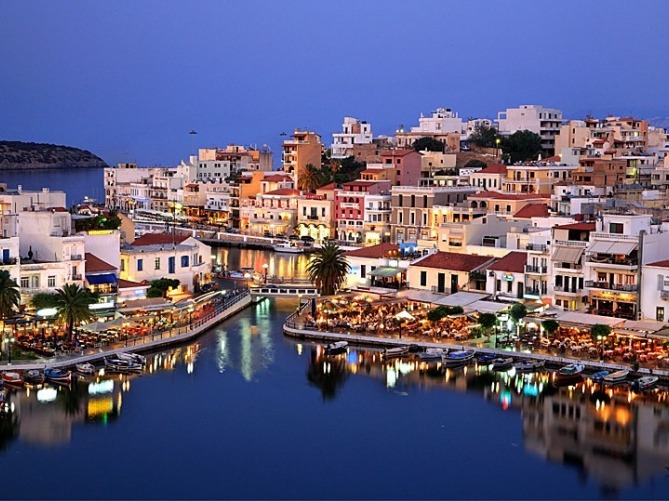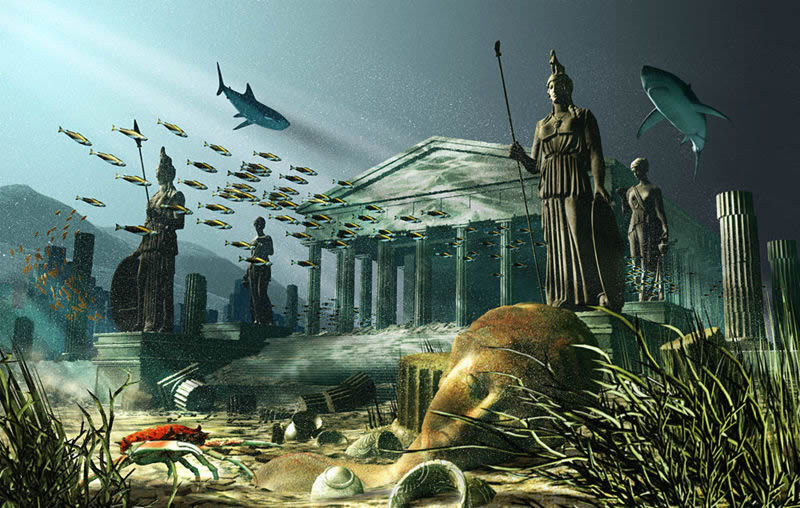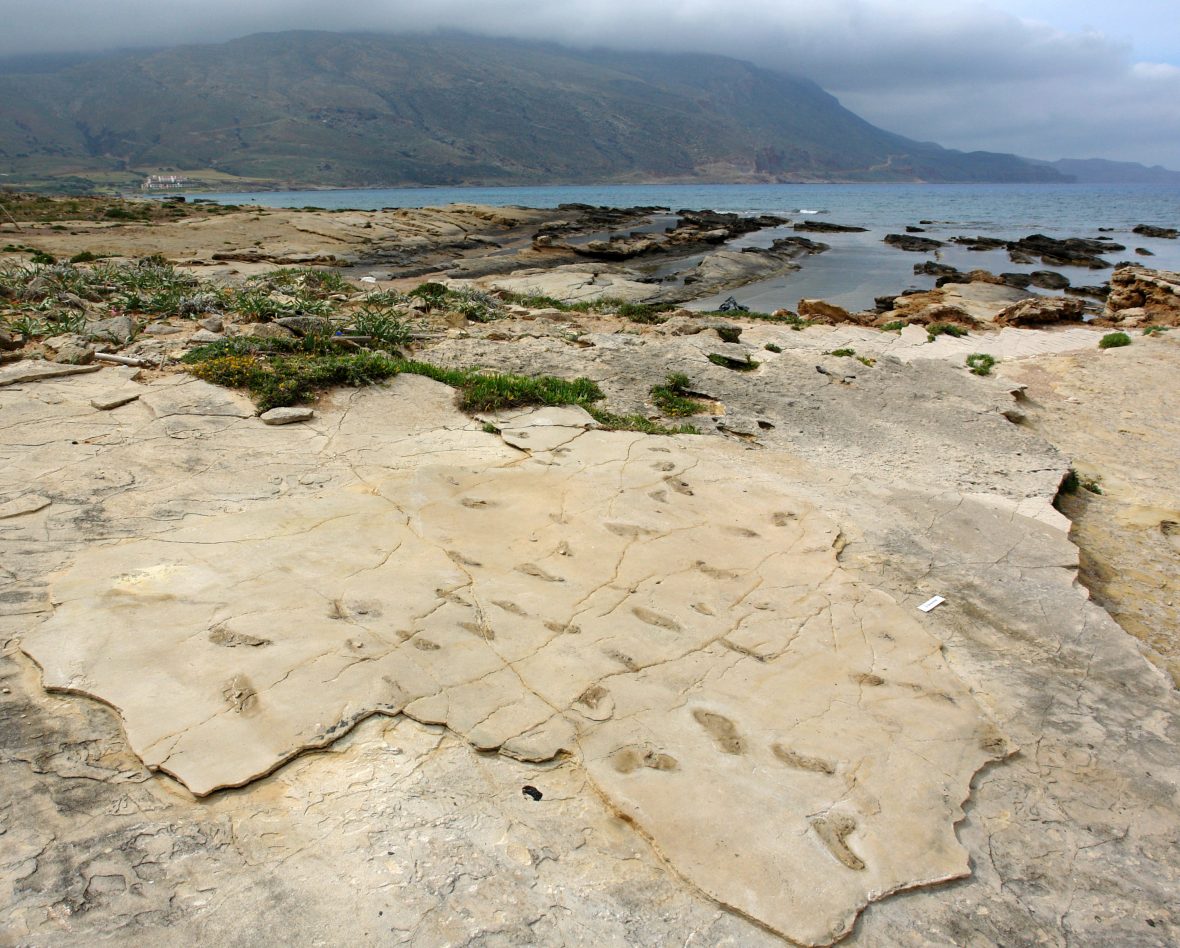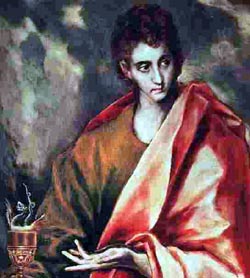Saint George (Greek: Γεώργιος – Georgios, or Latin: Georgius; c. 275/281 – 23 April 303 AD), surnamed George of Capadocia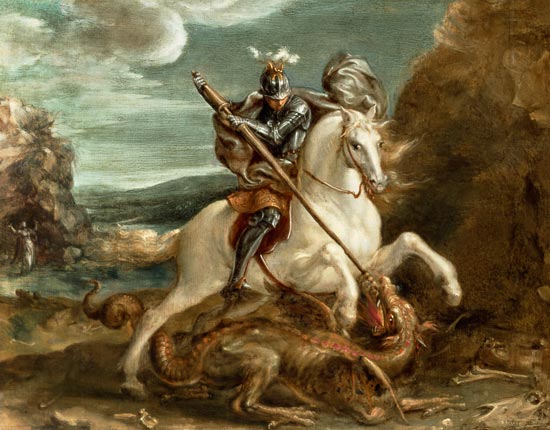 (Latin for the island of Crete) is one of the most honored Saints that you will find in both the Western and Eastern Christian churches. He was born into a highly influential Greek Christian royal family, from the holy island of Crete, Greece located in the Mediterranean Sea. His father’s name was Gerontius and was a leader in the newly established Greco-Roman military, who had trained Saint George in the art of war since he was a young boy. The meaning of the name George is “worker of the land” (i.e., farmer).
(Latin for the island of Crete) is one of the most honored Saints that you will find in both the Western and Eastern Christian churches. He was born into a highly influential Greek Christian royal family, from the holy island of Crete, Greece located in the Mediterranean Sea. His father’s name was Gerontius and was a leader in the newly established Greco-Roman military, who had trained Saint George in the art of war since he was a young boy. The meaning of the name George is “worker of the land” (i.e., farmer).
The island of Crete was the birthplace of several saints such as George that are now highly venerated in both the Western and Eastern Christian churches. It was at one time the main land for the Greek Jews who would eventually join forces with the Romans under the banner of Christianity after the destruction of Jerusalem. The Greek historian Homer had said, “various tribes jostled each other in that island.” The Apostle Paul had lived on the beautiful island Crete for two years. Hence, for many centuries before and during the advent of Christianity, the island of Crete was one of the most important holy lands for the Ancient Jews and also the first converts to Christianity and the Saints.
These were dangerous times for all and the true beginnings of the fierce religious wars that would rage on for many centuries between the various religious factions, royal families, and the people who were often just as dangerous as the former. A fact, that George would come to understand all too well.
George was made the bishop of Nicomedia in Crete during the late 3rd century A.D., which would become the place of his Martyrdom. (1) Nicomedia was the ancient capital of Bithynia, an important stronghold for a certain ancient Jewish family, that I believe became the Greek Byzantine Empire and one of the most influential families in early beginnings of Christianity. In the year 324, it was at Nicomedia that Licinius resigned his share of the imperial purple to his rival Constantine the Great, and Licinius would become a Roman emperor under Constantine from 308 to 324. Constantine the Great frequently traveled to Nicomedia in Crete and had made this city his place of residence. He later died near his home in the year 337.’ Photius the Great was Patriarch of Constantinople from 858 to 867, and from 877 to 886; he had said that he was of a Nicomedian race, and born in Nicomedia. (2)
The Greek Church was the first to honor Saint George and they had often depicted him in images with a Dragon under his feet and the crowned virgin Mary at his side representing the Church. The Grecians in their Menologe call him the Holy, Glorious, and Great Martyr. Before the young George had become a Saint, he served as a soldier under his father on the island of Crete in the Roman army. George of Cappadocia was also fiercely against any form of paganism and the ancient rites of the Jews. His stance against the Jewish people on the island had made him many enemies and he was said to be especially harsh against his foes, often “inflicting imprisonment and scourges on men and women after the fashion of a tyrant.”
The shout arose, “Away with George!” and “in a moment,” says the Fragmentist, they threw him into prison, with Diodorus and Dracontius, the master of the mint, who had overthrown a pagan altar which he found standing there (Ammian.). The captives were kept in irons until the morning of Dec. 24. Then the pagan mob again assembled, dragged them forth with “horrible shouts” of triumph, and kicked them to death. They flung the mangled body of George on a camel, which they led through every part of the city, dragging the two other corpses along with ropes, and eventually burned the remains on the shore, casting the ashes into the sea.
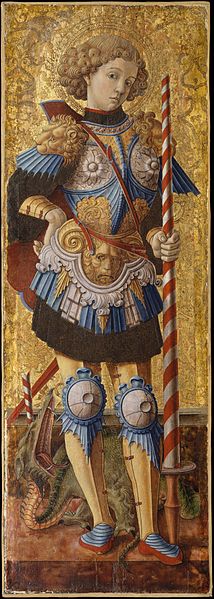 In the early 6th century, the wife of the first French King, Clovis had erected Altars to St. George in France. A Roman librarian, Anastasius had said that Pope Leo II about 683 built a Church in Rome which was known as the Church of St. George and St. Sebastian. One of the first literary references in England to Saint George was made by one of his descendants, the 7th century Northrumbian Father of English history and Doctor of the Church, Saint Bede in his books, Ecclesiastical History and Martyrologies. From this point forward, the Great Martyr of Crete whose birthday and death would be parallel with that which preserved Easter and Christmas to Northern Europe, by turning pagan festivals to commemorate Christian events.
In the early 6th century, the wife of the first French King, Clovis had erected Altars to St. George in France. A Roman librarian, Anastasius had said that Pope Leo II about 683 built a Church in Rome which was known as the Church of St. George and St. Sebastian. One of the first literary references in England to Saint George was made by one of his descendants, the 7th century Northrumbian Father of English history and Doctor of the Church, Saint Bede in his books, Ecclesiastical History and Martyrologies. From this point forward, the Great Martyr of Crete whose birthday and death would be parallel with that which preserved Easter and Christmas to Northern Europe, by turning pagan festivals to commemorate Christian events.
In attempting to Christianize the pagan Jews of Crete and George’s harsh stance against their old religion, he would eventually suffer a violent death which would later lead to him being highly venerated around the world by his fellow Christian Brothers as one of the first Greek martyrs, Saints, and Patrons. For his martyrdom during the early beginnings of Christianity, George in the year 1220 A.D. would become honored as the patron Saint of England, and he has been the guardian saint of Russia since the early 14th century when they had released themselves from Mongol dominion. Saint George is also the patron Saint to many countries such as Greece, England, Russia, Romania, Israel, Iraq, and the Grand Protector to many important cities such as Genoa, Barcelona, and Moscow, just to name a few.
SOURCES:
1. The Lives of Saints Page 145
2. Transactions of the Royal Society of Literature of the United Kingdom, Volume 1 By Royal Society of Literature (Great Britain) PAGE 35
3. Wikipedia
4. Linked to in yellow

Moe is the founder of GnosticWarrior.com. He is a father, husband, author, martial arts black belt, and an expert in Gnosticism, the occult, and esotericism.


